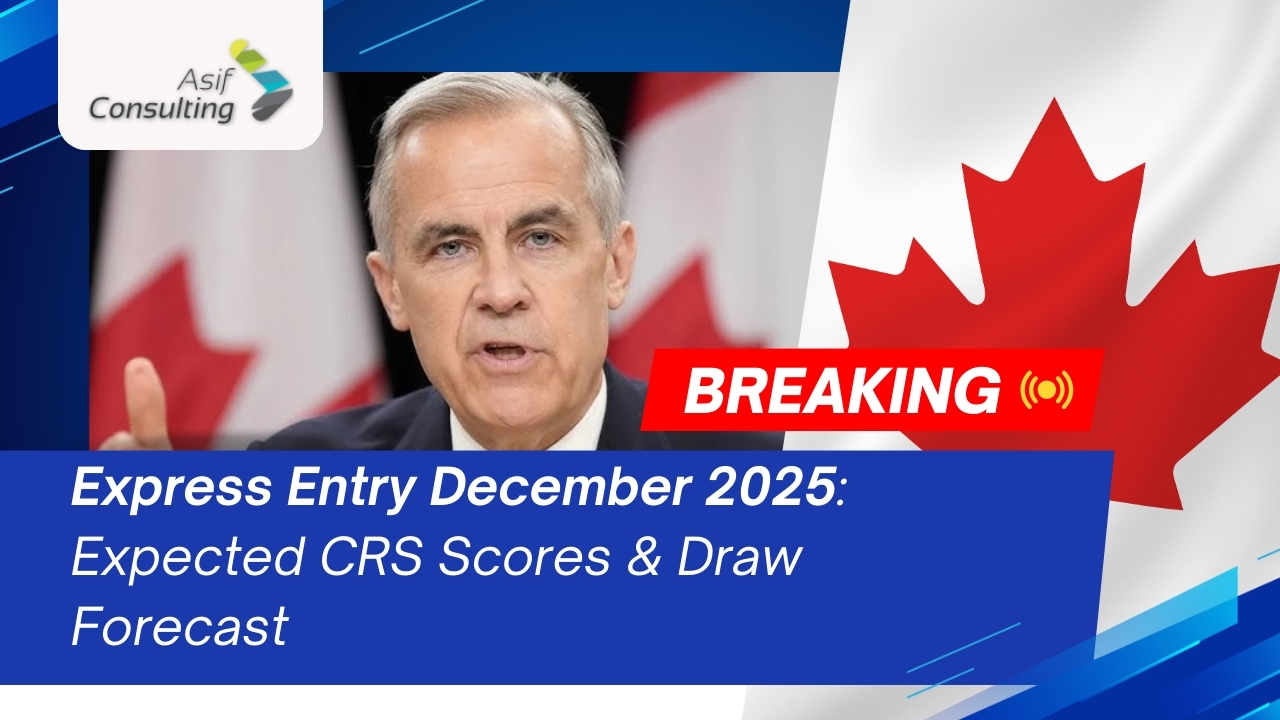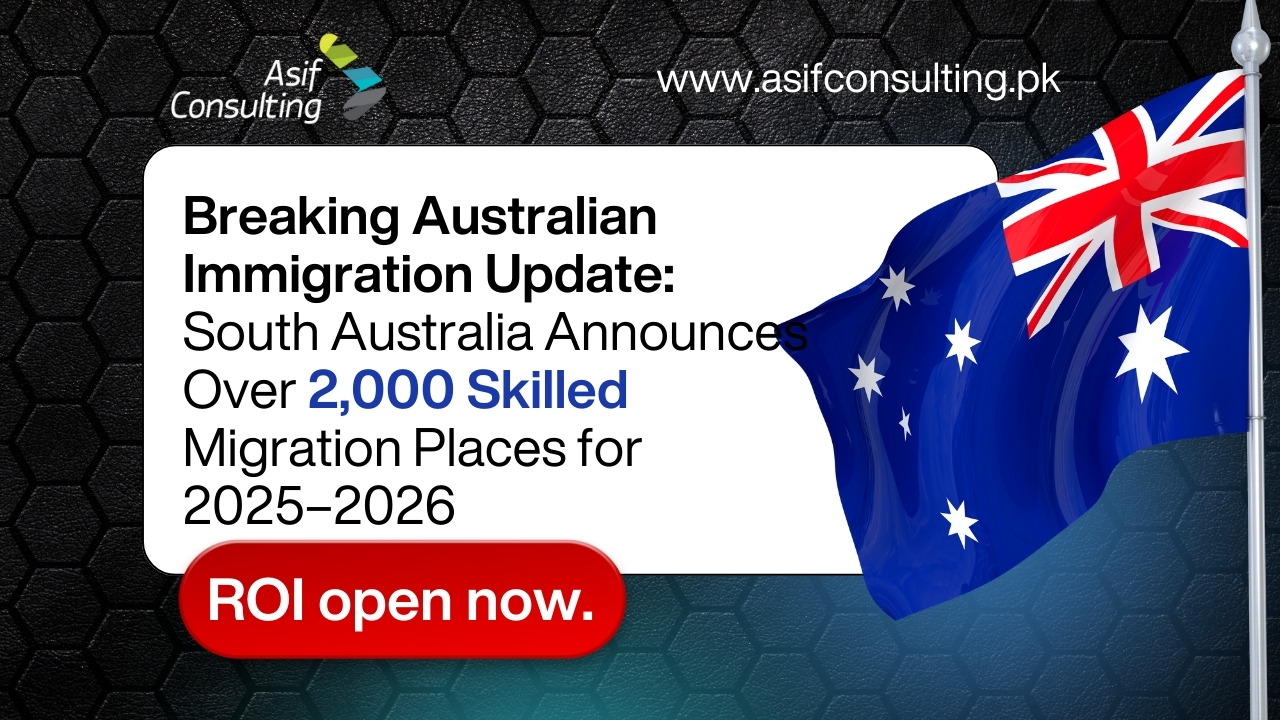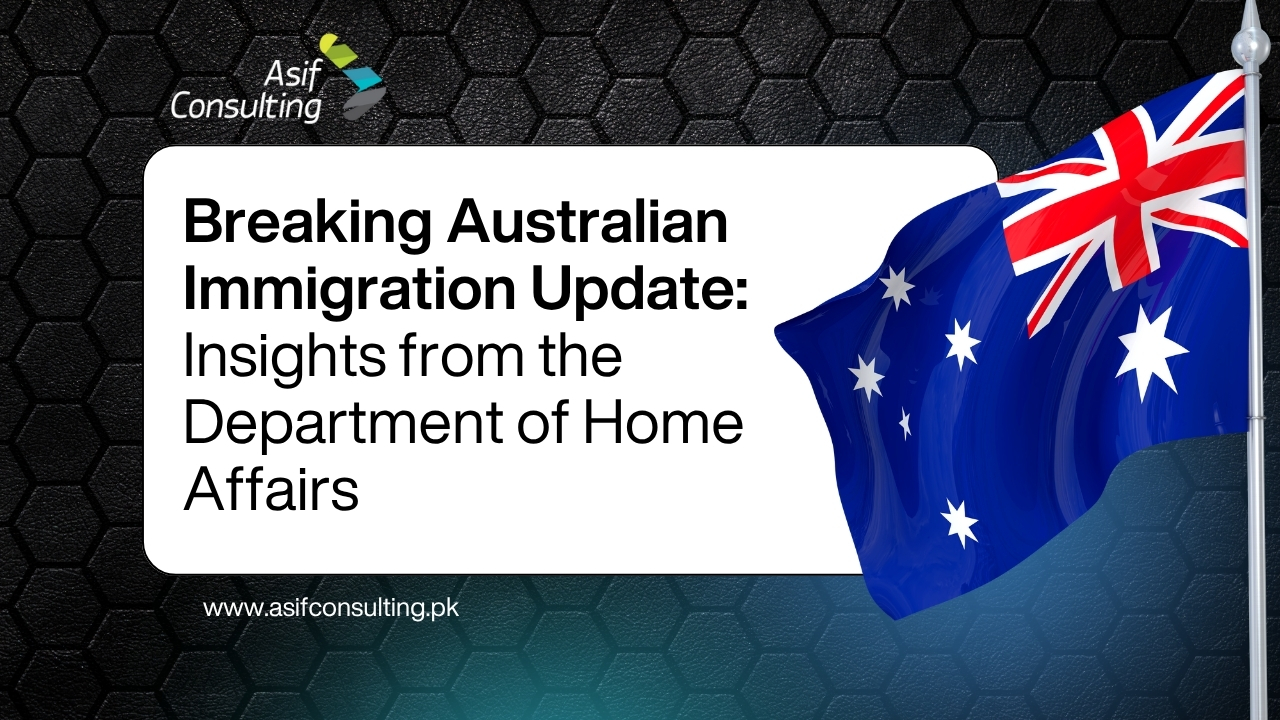Canada immigration changes 2025: What You Need to Know
Canada’s immigration department, IRCC, has unveiled its Canada immigration changes 2025 Departmental Plan, outlining significant changes to work permits, permanent residency (PR) pathways, and the system’s approach to serving newcomers. Here’s a simplified breakdown of what’s changing and why it matters.
New Immigration Pathways & Work Permits
- Permanent Pathway for Refugees: The Economic Mobility Pathways Pilot will become a permanent program by the end of 2025, helping skilled refugees become permanent residents.
- New Work Permits for Agriculture & Fish Processing: A special labour stream and work permit are coming for these sectors to tackle worker shortages.
- Spousal Open Work Permits (SOWPs): Rules will tighten for spouses of international students and foreign workers.
- PGWP (Post-Graduation Work Permit): Canada is reviewing which fields of study will qualify, aiming to align education with labour market needs.
Trade Deals & Global Cooperation
- New Work Access Under Free Trade Agreements (FTAs): IRCC will implement FTAs with Indonesia and Ecuador, while negotiating more options with countries in Southeast Asia and CPTPP members.
Better Digital Services
- A new online account system will roll out across 2025–2026 to simplify how applicants interact with IRCC.
- GeoMatch – a smart algorithm co-developed with Stanford University – will guide Express Entry applicants on where to settle in Canada for better success.
More Support for Specific Groups
- French-Speaking Immigrants: Canada will complete the Welcoming Francophone Communities initiative and aims for 8.5% of PR admissions outside Quebec to be French-speaking.
- Refugee Students: A new PR pathway is being explored specifically for refugee students.
Tighter Immigration Controls
Canada is adjusting immigration levels to ease pressure on housing and social services:
- Study Permit Caps: The cap on international student applications remains.
- Lower LMIA-Based Work Permits: From 184,000 in 2023 to 80,000–84,000 permits per year.
- Fewer Temporary Residents: The Target is to reduce temporary residents to 5% of the total population.
- PR Cap: Annual permanent resident admissions will not exceed 1% of the total population.
- 75% of PNP Nominations: Must go to candidates already in Canada.
Policy Goals & Service Standards
- Faster Application Processing: IRCC wants to process 80% of all applications within its promised timelines.
- High Client Satisfaction: Targeting a 90% satisfaction rate.
- Public Support: Aim is to have 65% of Canadians supporting current immigration levels (currently at 50%).
Economic Contributions
- IRCC wants visitors and international students to contribute at least $36 billion annually to the Canadian economy.
Recent Express Entry Draws in 2025
| Draw Type | Draws Held | Invitations Issued |
| Canadian Experience Class | 6 | 15,850 |
| Provincial Nominee Program | 11 | 5,495 |
| French-language Proficiency | 3 | 18,500 |
| Healthcare & Social Services | 2 | 1,000 |
| Education | 1 | 1,000 |
Summary of Key Changes
- New permanent and temporary immigration pathways for refugees, agricultural workers, and francophones.
- Stricter rules for study permits and spousal work permits.
- Better online systems and the launch of the GeoMatch AI tool.
- Reduced immigration targets to ease infrastructure pressure.
- Focus on candidates already in Canada for PR and work permits.
- Economic contribution from international students and visitors remains vital.
Stay updated with Asif Consulting if you’re planning to immigrate, study, or work in Canada. The 2025–2026 IRCC plan marks a shift toward smarter immigration, with controlled numbers and enhanced support for both the Canadian economy and newcomers.






